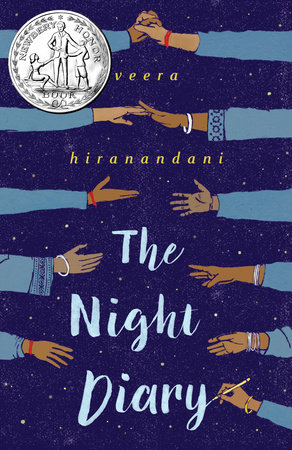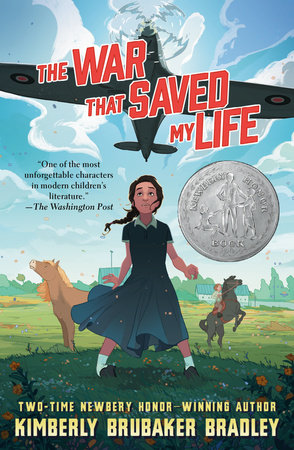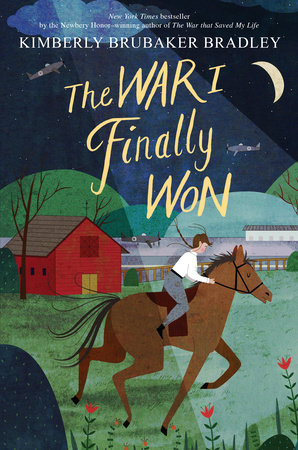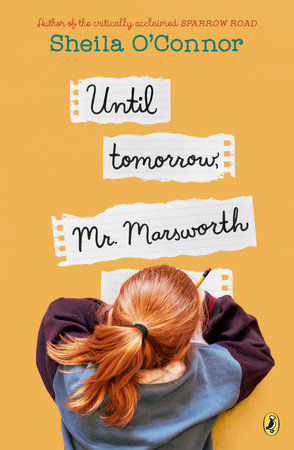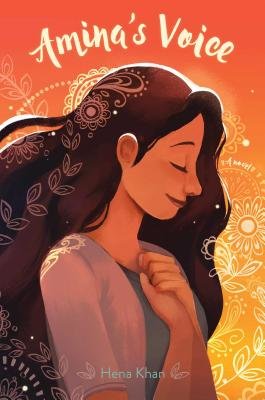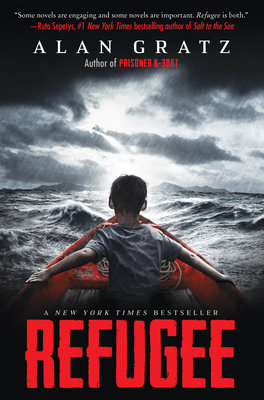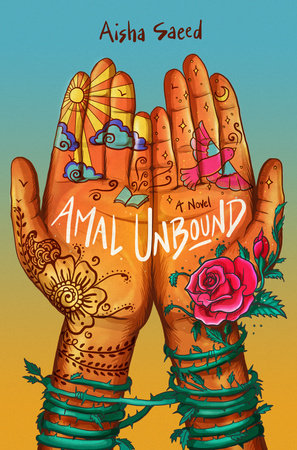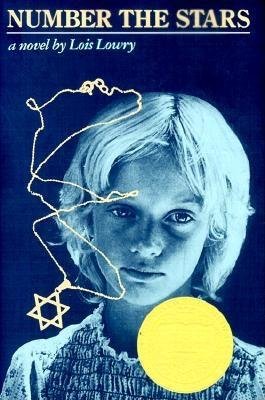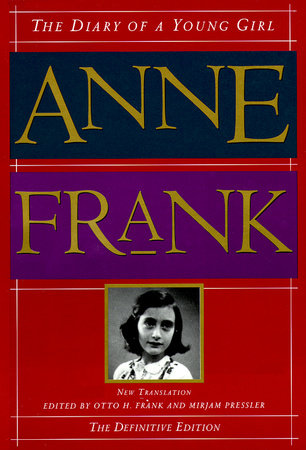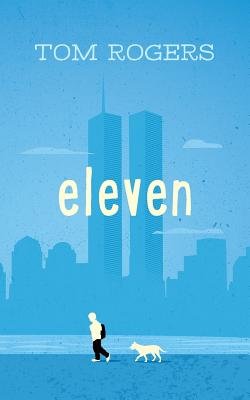Welcome to the latest installment of Brightly’s Book Club for Kids, where we provide you with engaging books and book-inspired activities young readers can enjoy together. This month’s pick, The Night Diary by Veera Hiranandani, is a compelling historical novel about an event that many young readers know little about — the 1947 partition of India and Pakistan. Relatable characters and heart-stopping drama delivered with a tender touch make this a wonderful story for middle grade readers that young adults and grown-ups will enjoy reading, too.
About the Book
Best For: Ages 10 and up.
You’ll Like It If You Like: Historical fiction, empathy-driven novels, stories told in the form of diary entries or letters.
What It’s About: Set in 1947 when India gained independence from British rule and was partitioned into India and Pakistan, this book is a compilation of diary entries from 12-year-old Nisha to her mother who died during childbirth. Nisha relates the experiences of her multicultural world turning upside down almost overnight. Her father is Hindu and her mother was Muslim. This never seemed to be a problem in the diverse community she lives in where kids from all religions and race play together easily. But the sudden border changes create an immediate divide between Muslims, Hindus, and Sikhs. Nisha, along with her twin brother, father, and grandmother, must flee their hometown that is now in Pakistan and cross the border into New India.
Why We Picked It: This is a beautifully crafted, coming-of-age story about a shy, young girl who is discovering her own talents and skills in a world that is full of both despair and love. With rich characters and thought-provoking events that young people of any country and time period can relate to, this is historical fiction for young readers at its best.
What Readers Are Saying:
“This book helped me learn about India and Pakistan in an interesting way. By the end of the book I felt connected to Nisha and I understood what she was going through. I felt like I was right beside her throughout her journey from beginning to end.”
—Nicole, sixth grade Bookopolis reader
“Believable and heartbreaking … A gripping, nuanced story of the human cost of conflict appropriate for both children and adults.”
—Kirkus Reviews starred review
“This rich, compelling story, which speaks to the turbulence surrounding India’s independence and to the plight of refugees, should be in all libraries.”
—School Library Journal starred review
What You Should Know: At least one million people died during what was the largest mass migration in human history as 14 million people crossed the borders between the newly formed India and Pakistan. The author shares the reality of this horrific violence in a kid-appropriate way without unnecessary, gory details, but these scenes may still be disturbing to sensitive readers.
The Book Club Meeting
This book is ripe for in-depth conversations about world history and its connection to current events, particularly those involving religious conflict and the plight of refugees. It is also a rich character study of two tweens growing up in a different time period and culture yet struggling with issues familiar to many modern-day kids, such as dyslexia and anxiety. Below are some prompts to kick off your discussion of The Night Diary. (Educators can find a complete guide to the book here.)
I highly suggest holding your book club meeting over a meal of delicious Indian and Pakistani food. Order in or make your own with help from recipes like these.
Discussion Questions
- Why is it easier for Nisha to share her thoughts and feelings through a diary than through talking? Do you identify with this? How or how not?
- Describe Nisha and Amil’s life in Mirpur Khas. How is this similar to your daily routine? (For example, do you have an in-home cook or live with your grandparents?)
- Food and cooking play a critical role in this story. How does food bring people together? Why is cooking so meaningful to Nisha? What activity brings you joy and peace like cooking brings her?
- Discuss the journey that Nisha and her family made to Rashid Uncle’s house then on to India. What seemed like the hardest parts to you? Put yourselves in Nisha’s shoes and consider how you would act on this journey.
- Nisha asks, “Is it the brain that makes me quiet sometimes, that makes Amil see letters every which way? Is it the brain that makes people love and hate? Or is it the heart?” What do you think Nisha is saying here? Discuss what this quote means to you.
- Why is Nisha upset when she learns that she has an aunt and uncle on her mother’s side of the family that she never knew about? How does she react to meeting Rashid Uncle? How is Nisha similar to and different from him?
- What is the relationship between Nisha and Amil like? How do they support one another? Does their relationship change during the story
- Why is it difficult for Nisha to make friends? Why was she able to connect with Hafa so easily? How does the dramatic ending to that friendship impact Nisha?
- Describe the relationship that Nisha and Amil have with Papa and how he reacts to each of them before, during, and after their journey. Do you think Papa might have been different if their mother was still alive?
- The author uses beautiful figurative language like similes and metaphors to tell this story. Find a few of your favorite examples. How can an author’s writing style and craft help to tell important stories like this one?
Activities to Engage Further with The Night Diary
Map Nisha’s Journey: Get out a globe or use an online map like this one to trace Nisha’s journey from Mirpur Khas to the Indian border. Calculate the miles they walked and how many days it took them. If you left your house and walked for the same number of days, where would you end up?
Religious Exploration: Learn more about the religions mentioned in this story, including Hinduism, Islam, and Sikhism. Use online resources like Newsela. Identify similarities and differences between these religions and your own beliefs. Discuss the value of tolerance and acceptance in interacting with people with different beliefs.
Make a Quote Board: Gandhi was a famous Indian activist known for his peaceful demonstrations that inspired others such as Martin Luther King, Jr. He also inspired many popular sayings such as this quote included in The Night Diary: “An eye for an eye makes the whole world blind.” Look up other quotes attributed to Gandhi and have each book club member write three to five of their favorites on Post-it notes or notecards. Compile the notes on a poster board and hang it in a central place in your home to continue reflecting on his words. (Some famous quotes have been attributed to Gandhi that he may not have actually said. As you look for quotes, check multiple sources to see if Gandhi really said it. Remember, you can’t trust everything you read online!)
Play Cricket: At the beginning of the story, the local kids often play cricket. This is a popular game in India and Pakistan today that is played with a bat and ball. Gather some neighborhood friends and play a round of cricket. (The traditional game can last about a day, so you may want to do a modified version more like the neighborhood Wiffle Ball version of an American baseball game.) Watch this video to learn how to play cricket or explore the rules of the game here.
Collect Your Family Stories: In our Q&A interview with Veera Hiranandani, the author shares that she learned about the Partition from talking with her father who lived through this point in history. Ask your extended family about the hardest historic moments they have experienced. Record audio clips of their stories or write them down to add to your own family’s history.
What to Read Next
After reading The Night Diary, explore these other middle grade books featuring beautifully written, empathetic stories steeped in historical context.
-
The War That Saved My Life
Also available from:The War I Finally Won
Also available from:Amina’s Voice
Preorder from: -
Amal Unbound
Also available from:Number the Stars
Preorder from:Lucky Broken Girl
Also available from: -
The Diary of a Young Girl
Also available from:

